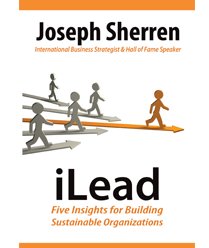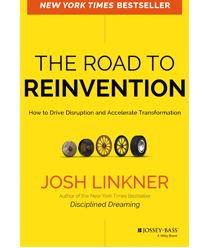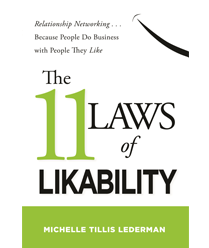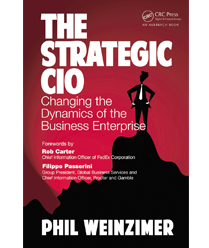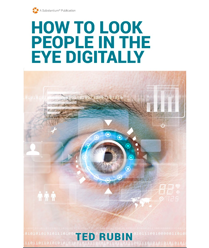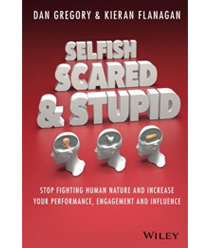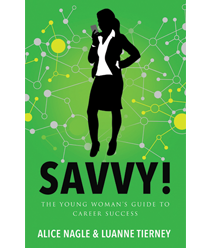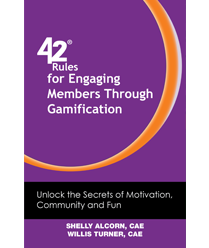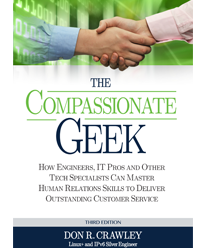Michelle Tillis Lederman shows how networking can be as easy, enjoyable, and fulfilling as having a conversation with friends—and still be highly beneficial to career goals.
“When networking feels like something you have to do rather than want to do, it’s hard to motivate yourself to do it at all, let alone do it well,” acknowledges Lederman. In her book, THE 11 LAWS OF LIKABILITY: Relationship Networking…Because People Do Business with People They Like she will show you just how to achieve those relationships in business that last.
Forget the conventional emphasis on business transactions, work-related topics, targeted objectives, and self-serving thoughts. Lederman encourages networkers to radically shift their thinking and place a priority on something everyone can relate to, something at the heart of honest, engaging conversations and meaningful connections: liking and being liked.
This book, featuring activities, self-assessment quizzes, and real-life anecdotes from professional and social settings, shows readers how to identify what’s likable in themselves and create honest, authentic interactions that become “wins” for all parties involved.
Readers will discover how to:
- – Start conversations and keep them going with ease
- – Convert acquaintances into friends
- – Uncover people’s preferences and tweak their own personal style to enable engaging, reciprocal interactions
- – Create follow-up and stay in others’ minds long after the initial meeting
The worst thing we can do when trying to establish a personal bond with someone is to come across as manipulative or self-serving. Authentic connections go much deeper—and feel much easier—than trying to hit self-imposed business card collection quotas. This book presents a new paradigm that shows how even the most networking-averse can network…and like it.
